/mothersopedia/media/media_files/p7Ct9kR3G9yN4Us1BAwy.png)
A Guide To Keep Your Knees Pain At Bay
One of the most over-exploited body parts of your lower body is your knees. After all, you use them to sit, stand, walk, run, and make countless other movements with your legs.
In fact, according to Harvard Medical School researchers, when you walk, the force placed on your knees is equivalent to about 1½ times your body weight which means a 140-pound woman puts 210 pounds of pressure on her knees with every step. Walk up and down stairs and that force is 2 to 3 times your body weight. And when you squat down, you place a staggering 4 to 5 times your body weight on your poor knees.
It's no wonder people complain of knee pain as they get older, especially at the time they exercise. Especially women are 2 to 8 times more likely than men to suffer from knee pain, and from knee injuries, in particular during their pre-menopausal and menopausal phases because of low estrogen.
Gentle stretching and strengthening exercises can strengthen the muscles that support your knee joint. Stronger muscles can reduce the impact and stress on your knee and help your knee joint move more easily.
Streching Exercises
Stretching can provide strength and support to your knees, but it can’t solve serious knee problems
According to the American Academy of Orthopaedic Surgeons, performing lower-body stretching exercises may help improve the range of motion and flexibility in your knee joint. This can make it easier to move your knee. It is recommened that you should stretch at least twice a week. You should hold each stretch for 10 to 30 seconds.After you exercise is a great time to stretch your knees because you’re more flexible then. But really, you can stretch any time of day.
Before stretching, try to spend at least 5 to 10 minutes warming up. Low impact activities like cycling on a stationary bike, walking, or using an elliptical machine are good warmup options.
Calf Stretch
Work both your calves and your knees with this complete stretch.
Start facing a wall. With your arms straight and touching the wall, stretch your left leg out behind you. Bend your right knee while keeping your left leg straight (with your heel on the ground). Hold the stretch for 30 seconds before switching legs.
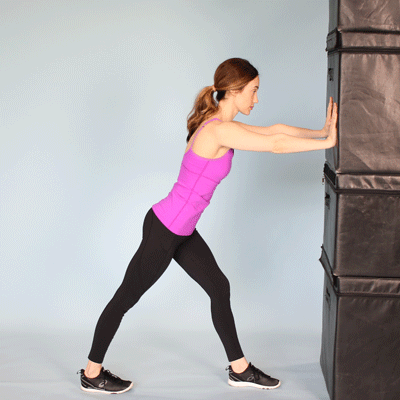
Hamstring Stretch
The hamstring muscles overlap the knee joint, so stretching the hamstring will also stretch the knee. You’ll need a resistance band for this stretch.To perform this stretch, lie on your back with your feet flexed. Connect one end of a resistance band to your right foot. Hold the other end of the resistance band and lift your right leg. You’ll feel the stretch in your knee and the back of your leg. Hold for several seconds before switching legs.
/mothersopedia/media/post_attachments/LsYTktJwQtXucijJuEPP.jpeg)
- Knee-to-thigh stretch
This stretch hits all of the major areas of the leg, knee, and lower back. To do this stretch, sit on the floor with both legs straight out in front of you, and then bring your left foot toward your butt. Drop your left knee out to the side as you place the sole of your left foot in your right inner thigh. Then, bend at the waist and slowly fold forward, reaching your hands toward your toes. Stay here for 1 to 2 minutes, and then switch sides.
/mothersopedia/media/post_attachments/uHaTz5bCei7mx6DZMxcL.jpg?resize=480:*)
Strengthening Exercises
If your knee pain is due to an injury, surgery, or arthritis, gentle stretching and strengthening exercises may help ease the pain while improving your flexibility and range of motion.
Cautionary Notes:
- Always consult with your healthcare provider before starting a new exercise program, especially if you have pre-existing knee conditions or injuries.
- Listen to your body and avoid exercises that cause pain or discomfort. Modify or avoid exercises that exacerbate knee pain.
- Gradually increase the intensity and duration of exercises to allow your body to adapt and prevent overuse injuries.
- Incorporate rest days into your routine to give your knees time to recover.
Standing hamstring curl
Stand with your feet hip-width apart. Place your hands on your waist or on a chair for balance.Slowly bend your right knee, bringing your heel toward your butt. Keep your thighs parallel.Slowly lower your foot.
Complete 12 to 15 reps.
Repeat with the other leg.
Glute Bridges
Strengthening your glutes normalizes hip and thigh position, reduces the loading force on the knee joint and prevents the knees from caving in on each other when landing from a jump, squatting, or running.
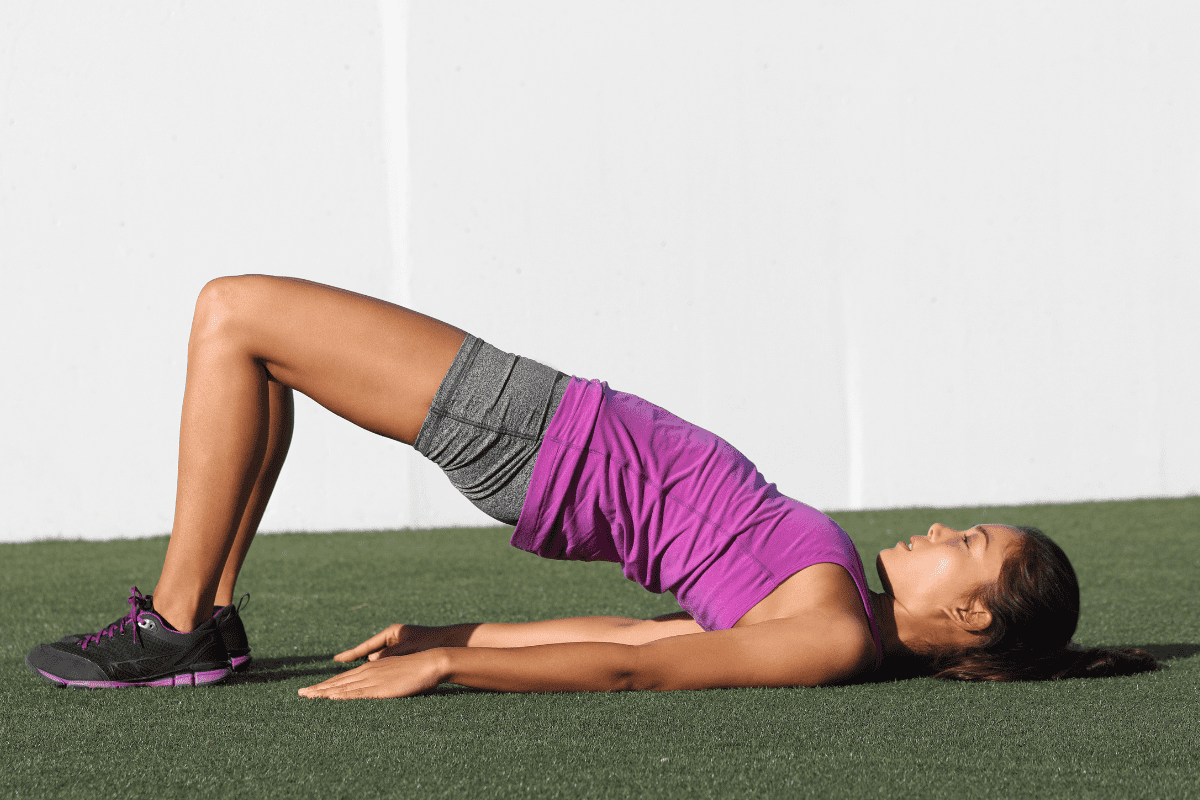
Leg extensions
Using your own body weight to strengthen your quadriceps, rather than a weighted machine, helps keep added pressure off your knees.
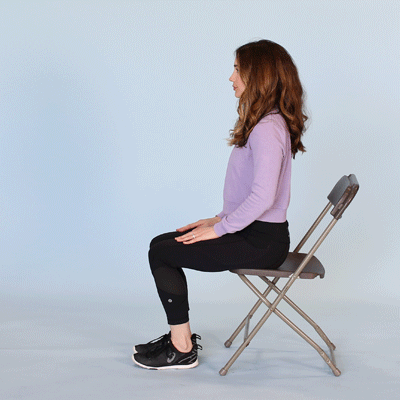
Straight Leg Raises
The straight leg stretch strengthens both your quadriceps and your knees. Lie on your back with your right leg straight and your left leg bent. Lift your right leg about one foot in the air. Rotate your leg slightly outward so your toes point at a diagonal. Repeat the stretching movement several times before switching legs.
As this exercise gets easier, you can add a 5-pound ankle weight and gradually work up to a heavier weight as you build strength in your legs.
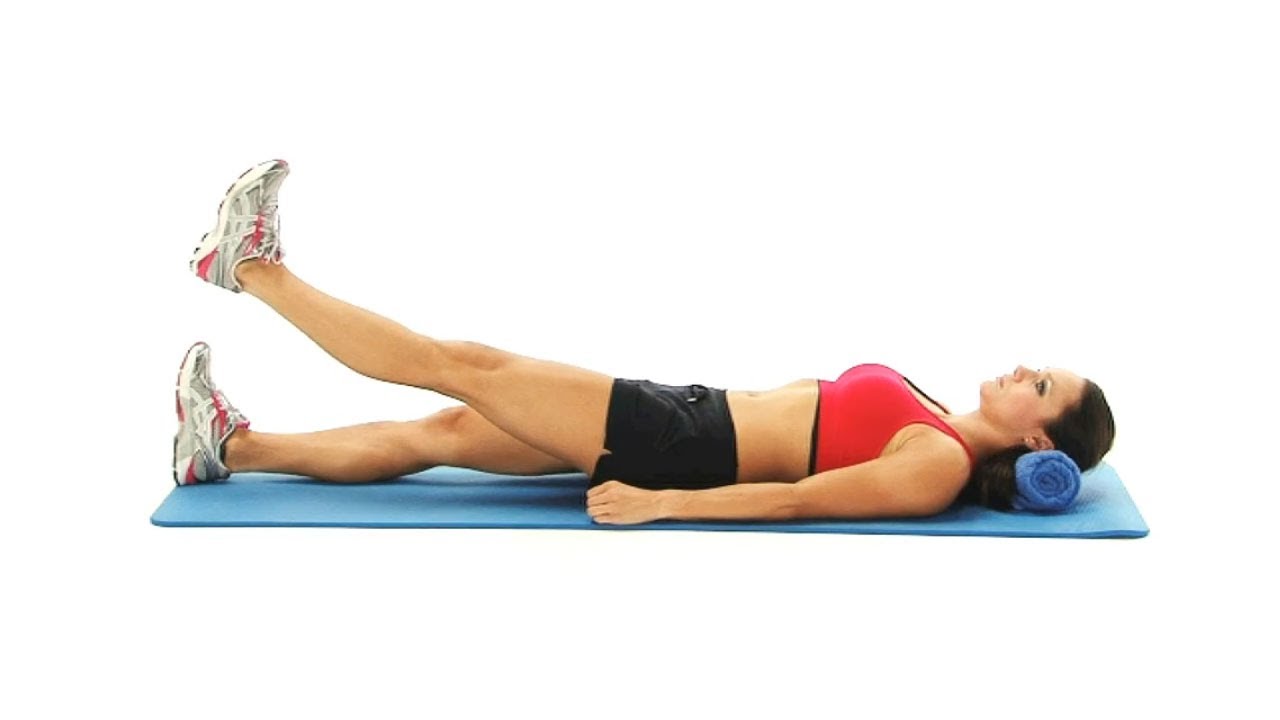
Reverese Leg Raises
The reverse leg raise is a single-joint exercise that strengthens the glutes and improves hip mobility.As this exercise gets easier to do, you can add a 5-pound ankle weight and gradually work up to a heavier weight as you build strength in your leg muscles.
/mothersopedia/media/media_files/Tr2TK4OTAuEJrbRwCAg4.jpeg)
Half/Partial Squat
Half squats are an excellent way to strengthen your quadriceps, glutes, and hamstrings without straining your knees.Be careful while doin it. Always check your weight should be on your heels instead of toes, knees are not bending forward. and you can perfect it with a help of chair.
/mothersopedia/media/post_attachments/Cwk1hhGwx8nbD6WFWfvk.jpg?ver=6)
Calf Raises
Calf raises stregthens the muscles all around your back of the knees and helps reducing pain.This stretch targets the muscles in your lower leg, specifically your calf muscles.
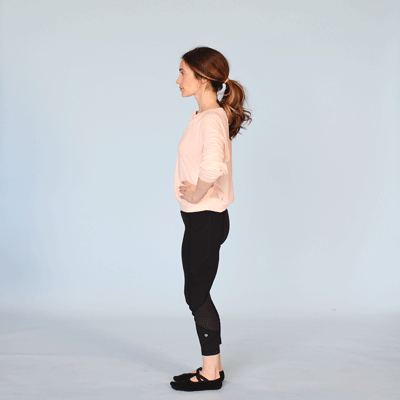
Other Knee Pain Relief Exercises are:-
Low-Impact Cardio:
Engaging in low-impact cardio exercises can improve cardiovascular health without putting excessive stress on the knees. Opt for activities like swimming, cycling, elliptical training, or walking on flat surfaces. These exercises promote joint mobility, increase blood flow, and reduce knee discomfort.
Examples of low impact exercises include:
Yoga
Tai chi
Swimming
Stationary cycling
Water aerobics
Walking
Maintaining healthy knees and managing knee pain is possible with regular exercise and targeted strengthening exercises. By incorporating exercises that strengthen the quadriceps and hamstrings, improve flexibility, promote balance and stability, and engage in low-impact cardio, you can keep knee pain at bay.
LOVE AND SUPPORT ALWAYS....!!
/mothersopedia/media/agency_attachments/DvAQhzwm8u9LzqFtI07D.png)
 Follow Us
Follow Us
